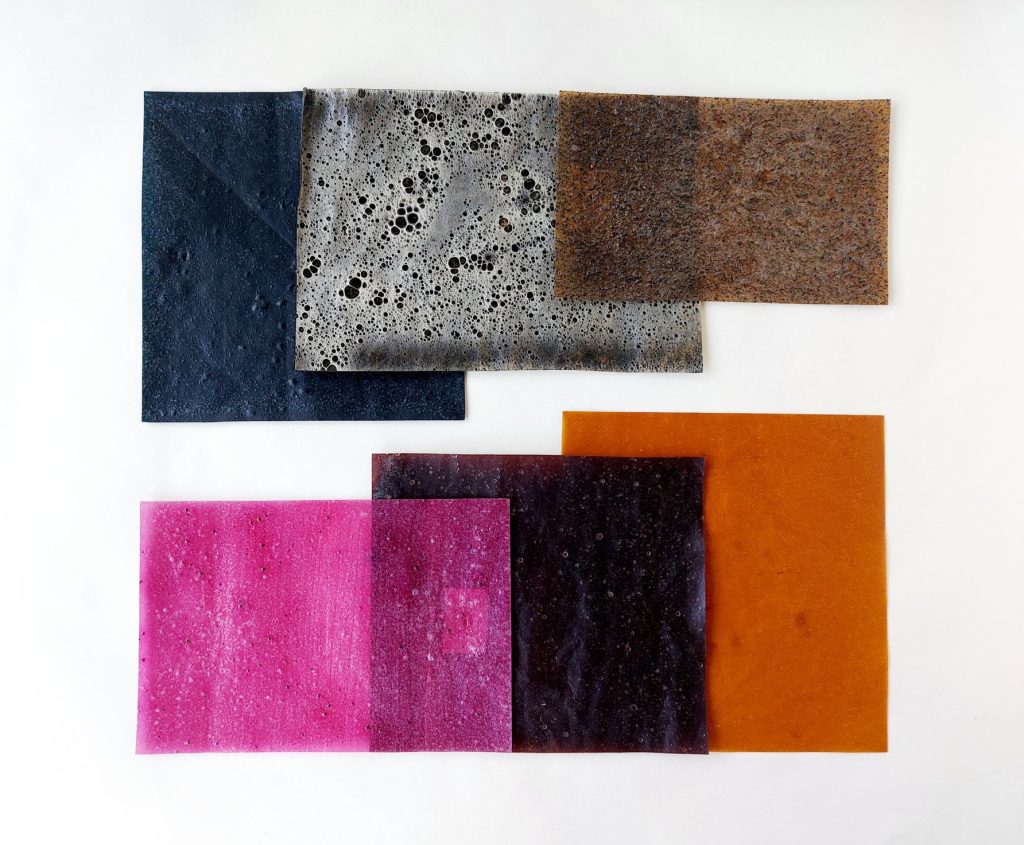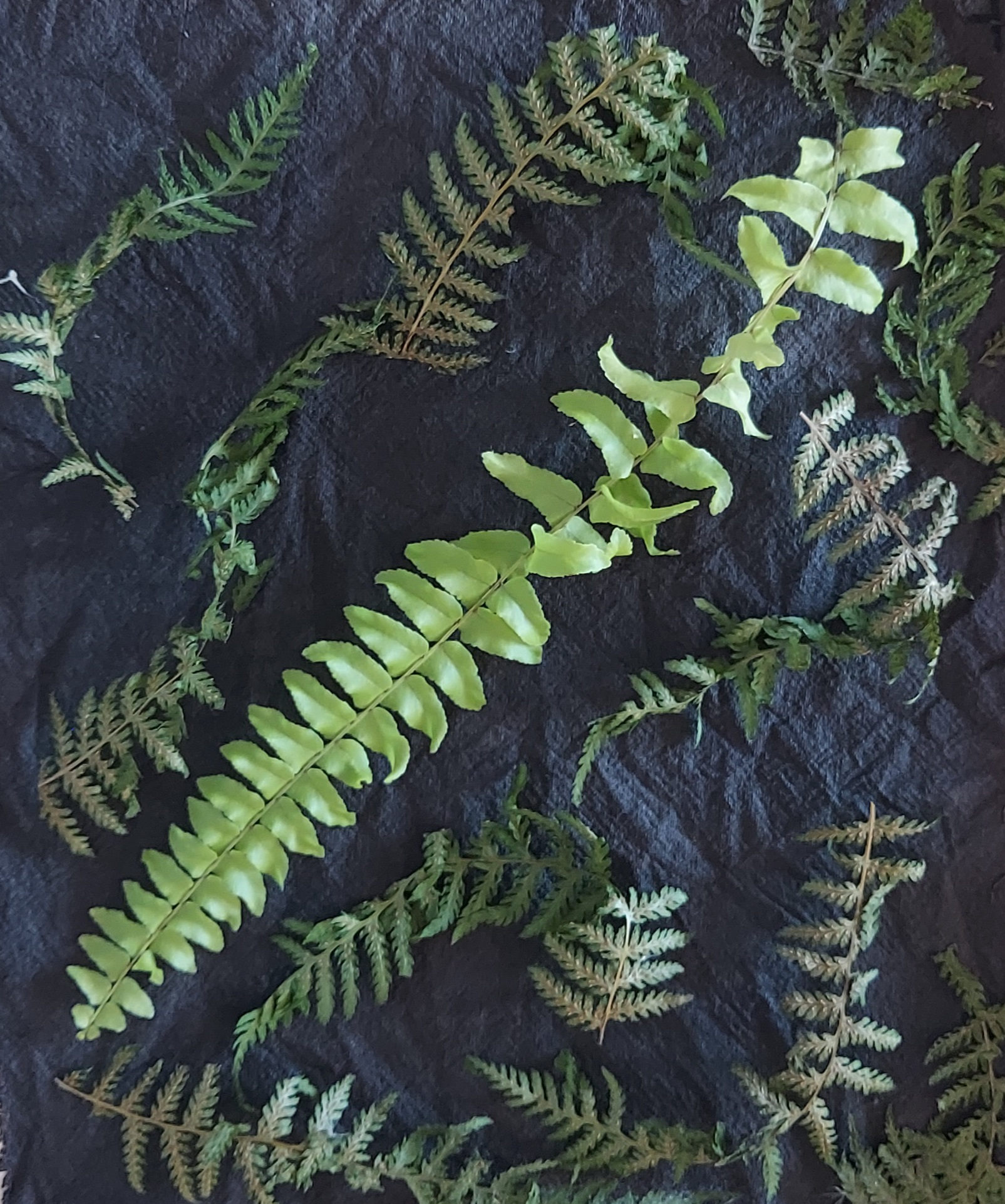
how the bio-based material studies started….
“To think I never would have painted if my legs had been just a little longer!”
Toulouse-Lautrec
And if I hadn’t moved to Austria, I might never have discovered my burning drive to express myself creatively—a drive that ultimately fueled my Start-up vision. This journey began with a transformative experience in Expressive Arts.
Embracing my passion about textiles, I ventured into botanical printing—experimenting with flowers, leaves, and home-based chemical reactions—and uncovered a dynamic world where colors and nature converge. This exploration led me to natural dyeing, prompting a post-pandemic trip to Oaxaca, Mexico, where I immersed myself in the secrets of natural dyes for wool and cotton, enriched by unforgettable moments filled with local flavors and laughter.
Back in Vienna, inspired by Virginia Postrel’s The Fabric of Civilization, I sought sustainable textiles that were organic, fair trade, and locally sourced, only to find a gap in the market. This discovery steered me toward Edith Medina, a visionary Mexican biologist and artist, whose bio-materials studio ignited my curiosity about harnessing organic waste to create 100% home compostable bio-plastic and bio-leather.
Thus began my entrepreneurial adventure: developing innovative formulas using everyday kitchen ingredients to unlock the hidden potential of organic waste. This venture isn’t just about creating materials—it’s a call to join a movement that redefines sustainability. Would you like to embark on this journey with me?
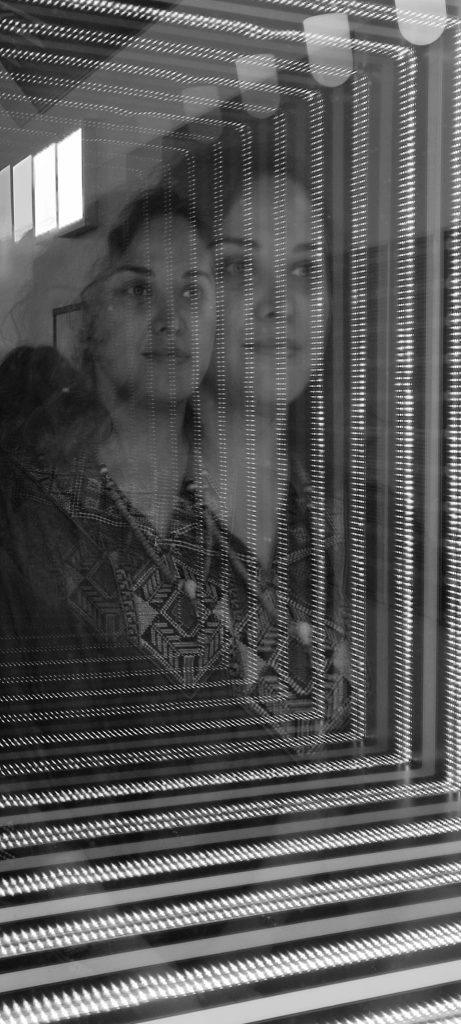
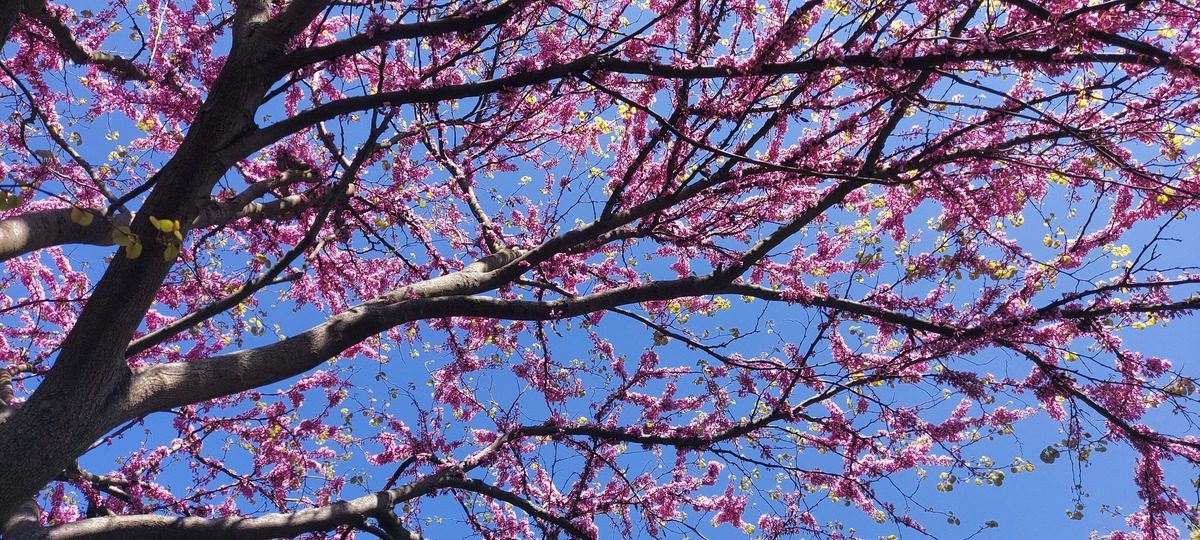
Atelier Portrait
by Barbara Windisch – 2023
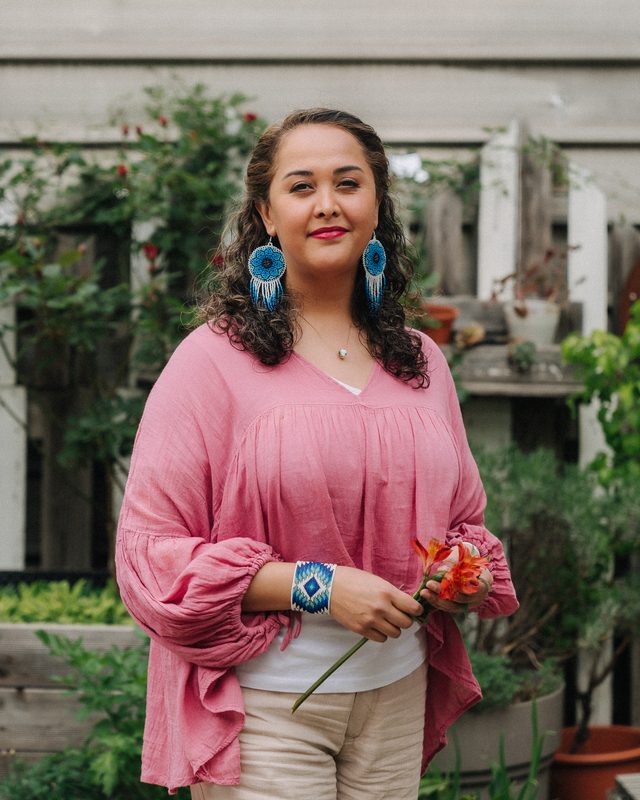
Born_ 1981 in Chihuahua, Mexico
Makes- biotextiles from organic waste
Goal_ to develope 100% home compostable biomaterials & find applications
Drive_ Love for nature, boundless curiosity and sharing of knowledge
Wishes for her business_ curious partners in fashion, jewelry, and design, apple subproducts and scoby suppliers, grants
What she likes from Werksalon_ creativity, inspiration & support from colleagues
In Werksalon since_ 2018
What does a woman do when, at 34, she suddenly has no words left? She embarks on: Revolutionary bio-material development. (A love story)
Arriving in Austria in 2015 without speaking a word of German, Sandra’s initial speechlessness becomes a source of creativity. She draws new ways of expression and business ideas from it. Today, the -Wahlwienerin- (Viennese by choice) has made the German language her own. She is in the middle of founding a company and developing cradle-to-cradle biomaterials.
From Mexico to Seewalchen to Linz, and almost back again.
In Guadalajara, Mexico, Sandra, trained as an interior designer, runed a business for vintage furniture & fashion. -It’s all much easier to set up in Mexico!– It’s 2015, and a certain Stefan from Seewalchen appears. Change of life plan and off to the Salzkammergut. There, Sandra experiences a veritable culture shock: Super beautiful area. But: -no language, no contacts, no job opportunities. Without words, it’s very exhausting to find myself again. In a new home. Who am I if I can’t describe it? And how do I show it to others?– So on to Linz in hopes of finding more, and especially finding herself. No luck. At this point, Sandra has internally closed the door on Austria. But, without living in the capital, Vienna? Would be embarrassing in front of the relatives. So, they quit the apartment and Stefan’s job in Linz and set up new tents in Vienna. Hesitation is not the couple’s modus operandi.
Vienna is different. Art ist Therapy.
And it was great in the capital. Right from the start. We’re writing the year 2018. Green! Open! Intercultural! An immediate home feeling, describes Sandra our city. Shortly thereafter, she stands in the werksalon, which she had already spotted online from Linz and found it cool. And indeed, it is. The studio workspace is then occupied. The longing for creativity is unstoppable. At the career expo, Sandra discovers an Art Therapy training for herself and becomes a Creative Trainer. Looking back now, she says with a laugh, -These seminars healed me. I knew again who I am and that I want to make creativity my profession. Addendum: And that I won’t become a therapist–
Time for experimenting! (Others called it lockdown)
Then comes the pandemic. And for Sandra, that means a lot of time. Time to complete online courses from international artists. Focus: Botanical Prints. Time to experiment, to collect. And to indulge her extreme curiosity. The couple’s kitchen is full of plants and leaves. Can I eat that or are you working with it?- a frequently heard sentence. As soon as traveling becomes possible again, Sandra researches in Mexico. Natural wool dyeing methods in Oaxaca, which have been used for generations for tapestries and clothing there. In Mexico City, Edith Medina inspires and teaches, a biologist and artist, on biomaterials and biomode. –This fusion of ecological approach with art feels absolutely right for me– Nature has been immensely important for Sandra since childhood on the family farm with apples, apricots, roses, corn, and beans. –All my best memories are outside!
The stuff revolutionary dreams are made of: Biomass.
Back in Vienna, Sandra’s experiments reach a new level. Now it’s about nothing less than the revolution of textile materials towards absolute sustainability. About finding a fabric that is 100% environmentally friendly, easy to process, and can be composted at home after its useful life. Emphasis on: at home. As a nature lover, I want leather like textiles that are environmentally friendly. From the beginning to their absolute end – on my compost heap. That doesn’t exist yet. Because a textile label „compostable“ always means „industrially compostable“ in itself. Thus, in an industrial plant with high temperatures, humidity and corresponding distances.
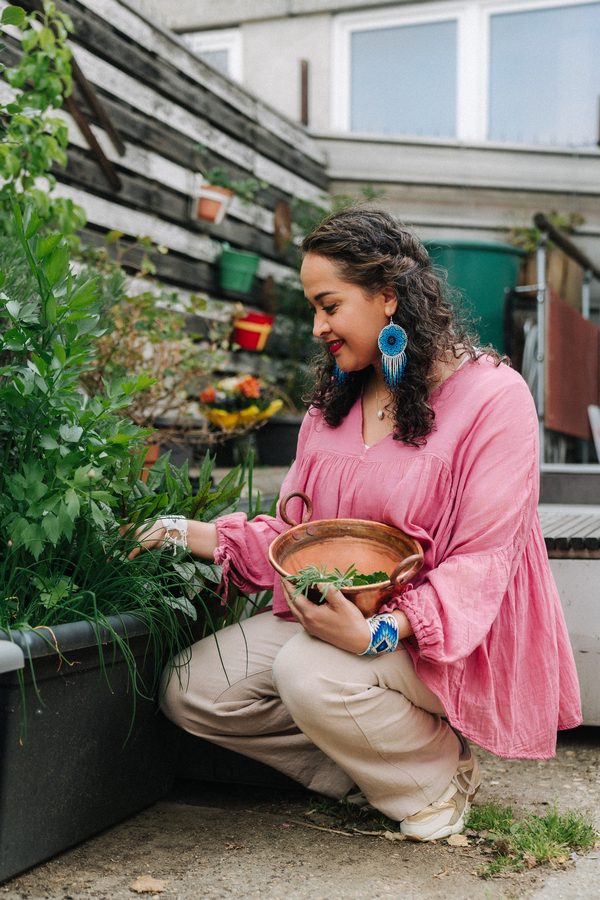
Sandra works with gelatin, bacterial cellulose, agar-agar, and above all organic waste. She applies learned formulas and develops her own. Bit by bit, she gains a sense of the properties of leaves, algae, and resources formerly known as biomass. Her educational focuses on natural sciences in highschool and Business at the UACH University in Mexico help. But Sandra’s most important resources are – alongside organic waste: A huge heart for nature combined with equally huge curiosity: What’s the next step? What else can be done with it?
Wanted: Questions and cooperation.
I still don’t know all the properties that biomaterials can achieve. To accomplish that, I need challenges. Concrete questions! So that I can go in search of answers. The more openly product developers, artists, and designers work with new material and the more they emphasize sustainable transparency: What happens at the end of the product’s life cycle – is it biodegradable? How is it biodegradable? the better and faster Sandra – and others – can develop the best fabrics and materials of the future. Like the product designer who is working with Sandra on a backpack. Or the technical institution currently researching whether Sandra’s material is suitable for laser cutting. Sandra is open to everything. Also to sharing. She partly offers her recipes as open source, shares her knowledge in workshops and wants to show how easy it is to make biotextiles from organic waste yourself.
Safe Space werksalon
My tribe! calls Sandra her Werksalon community. Curious like me, creative and supportive. Entrepreneurship to touch has a quasi-therapeutic effect on her. At the neighboring table, unfiltered, inspiring, and motivating. The developer in the founding process feels strengthened. Being a self-employed entrepreneur is also possible for me, I think then. They’ve already done it. They do it every day! Like studio colleague Özlem Turan, with whom Sandra now tests and develops self-produced, biotextile material. On texture, flexibility, color, and processability. And the other Werksalon colleagues from diverse fields? …They diligently collect banana peels and apple cores for the upcoming textile revolution.
